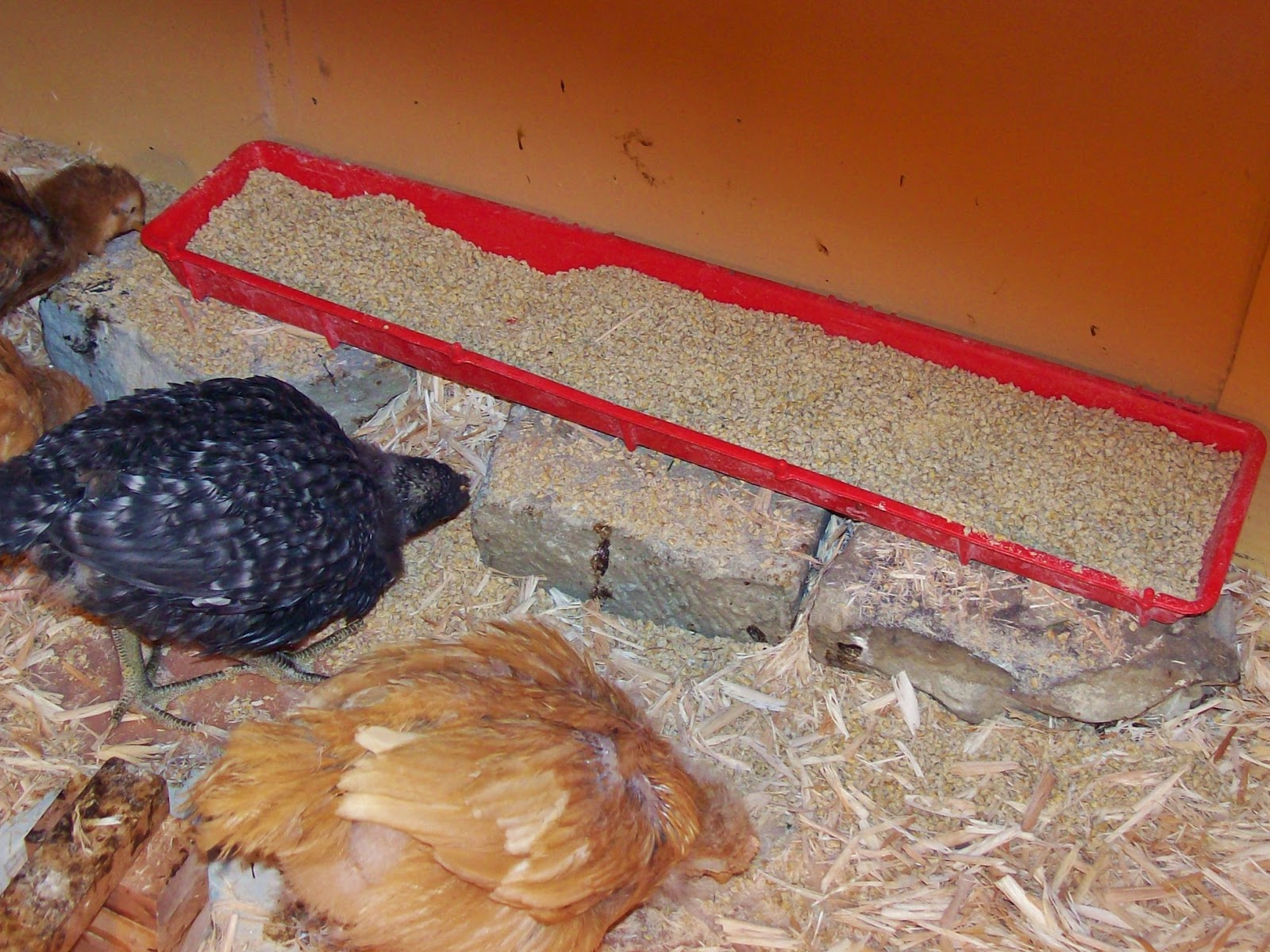Backyard Poultry
 |
| A Unique Flock |
Can you believe how this box has filled up since I brought the chicks home a month ago? Yes, it's going to be time to move them outdoors soon! But aren't they all so beautiful? I'd really enjoyed watching their feathers come out over the last several weeks. Starting at this end of the roost, the Buff Orpington on the outside has turned a golden yellow, while beside it the Golden Buff (totally unrelated breed) is streaked with brown and white. The Barred Rock to the right is beginning to show the white speckles of the adult hen, while down at the end, Birchie the Araucana is a beautiful white. Down on the floor underneath the Buff Orpington is another Araucana, Pinecone, with a beautiful display of gold and black feathers. And spread across the floor in front are the Rhode Island Reds with a character of their own. It is truly a unique flock!




.JPG)


.JPG)

.JPG)






































